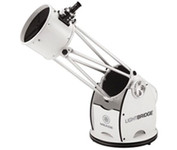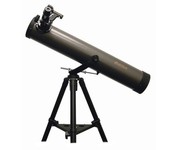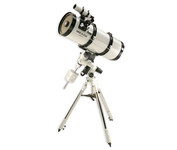Products reviews
Meade LightBridge 10 in. Deluxe (600 x 254mm) Telescope$599.00 to $600.00
Tags:meade, lightbridge, 10, in., deluxe, 600, x, 254mm, telescope, | Galileo FS-80 Telescope$65.00 to $80.00
Tags:galileo, fs-80, telescope, | Meade LXD75 SN-8 AT (08047502) (500 x 203mm) Telescope$1,199.00 to $1,290.00
Tags:meade, lxd75, sn-8, at, 08047502, 500, x, 203mm, telescope, |
Educational Insights 5273 (80 x 50mm) Telescope

With the GeoVision microscope and telescope set, you can view everything from a microbe to the moon! The portable 360mm telescope features lightweight metal tube construction and a 50mm achromatic objective lens. The all-glass optics and rack-and-pinion focusing deliver clear, up-close images at magnifications from 20x to 80x. Easy-to-use refractor design and table-top tripod make it perfect for on-the-go discovery. The microscope features durable die-cast metal construction for years of micro-exploring fun.Minimize
Bushnell NorthStar 78-8846 (675 x 114mm) Telescope
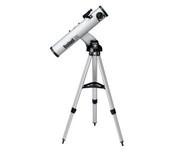
Real Voice Output version of premier Northstar 675x4.5". With the tough of a button this talking telescope describes the wonders of the night sky in a real human voice - an interactive and educational way to explore the universe. "Goto" Computerized tracking technology. Red Dot LED finderscope. Remote hand-held control module. Camera adaptable. Quick release tripod. Kinematic mount. Accessory tray. 20,000 Object Onboard Starfinding Computer. 1.25" Format Eyepieces. Barlow Lens. A great starting telescope!Minimize
Meade NG-60 (20200) (233 x 60mm) Telescope
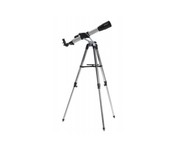
A perfect beginning telescope designed specifically for land use, and an occasional peak at the sky. The tripod mount that holds the telescope is designed to move only in straight lines, called Altazimuth.Objects in the sky move in semi-circles, never in straight lines.Use lower power eyepieces to track the Moon, and keep it in the eyepiece.Minimize
Celestron NexStar 130SLT (31145) (306 x 130mm) Telescope
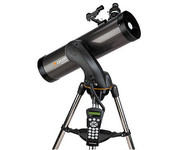
Computerized hand control with 4,000-object database SkyAlign allows you to align on any 3 bright celestial objects Motorized Altazimuth mount Focal ratio: f5 Focal length: 650mm
